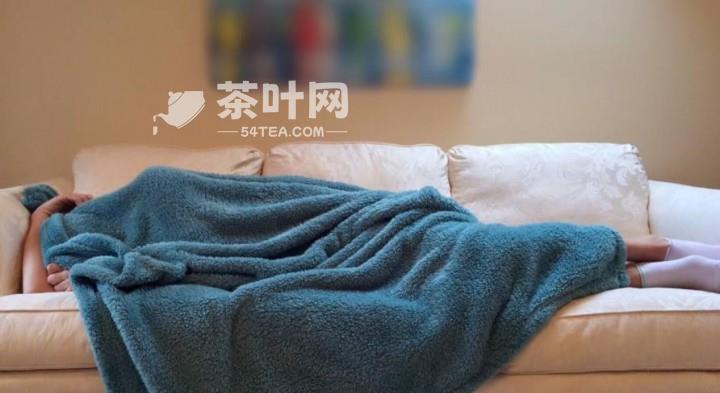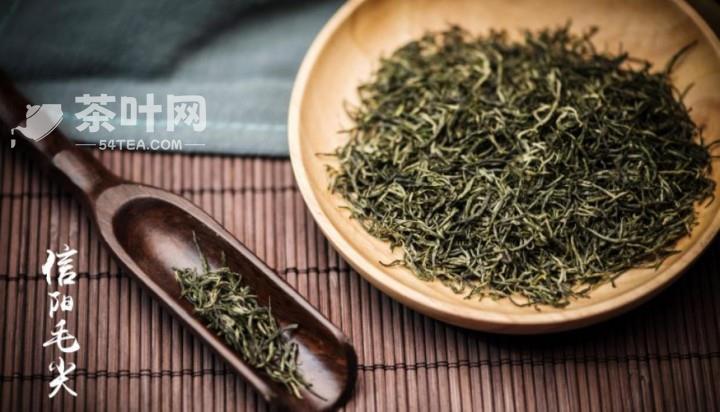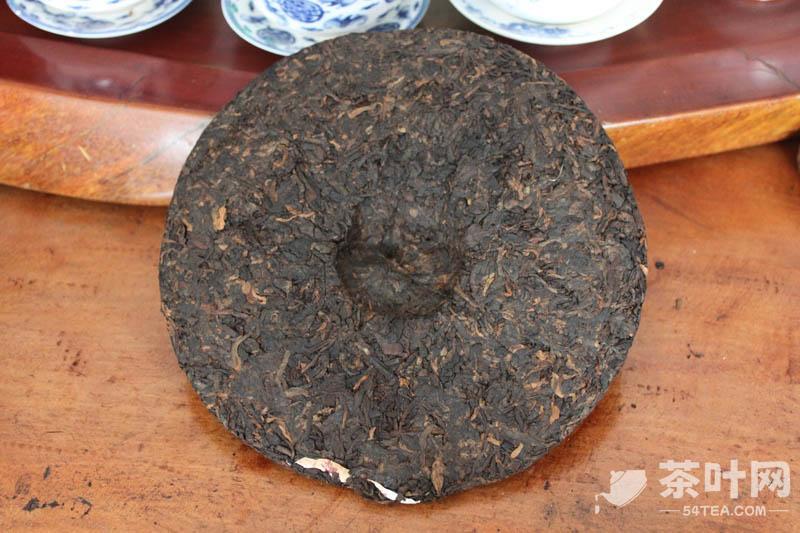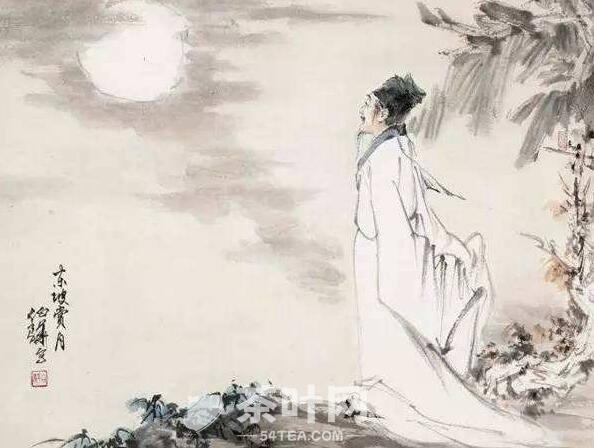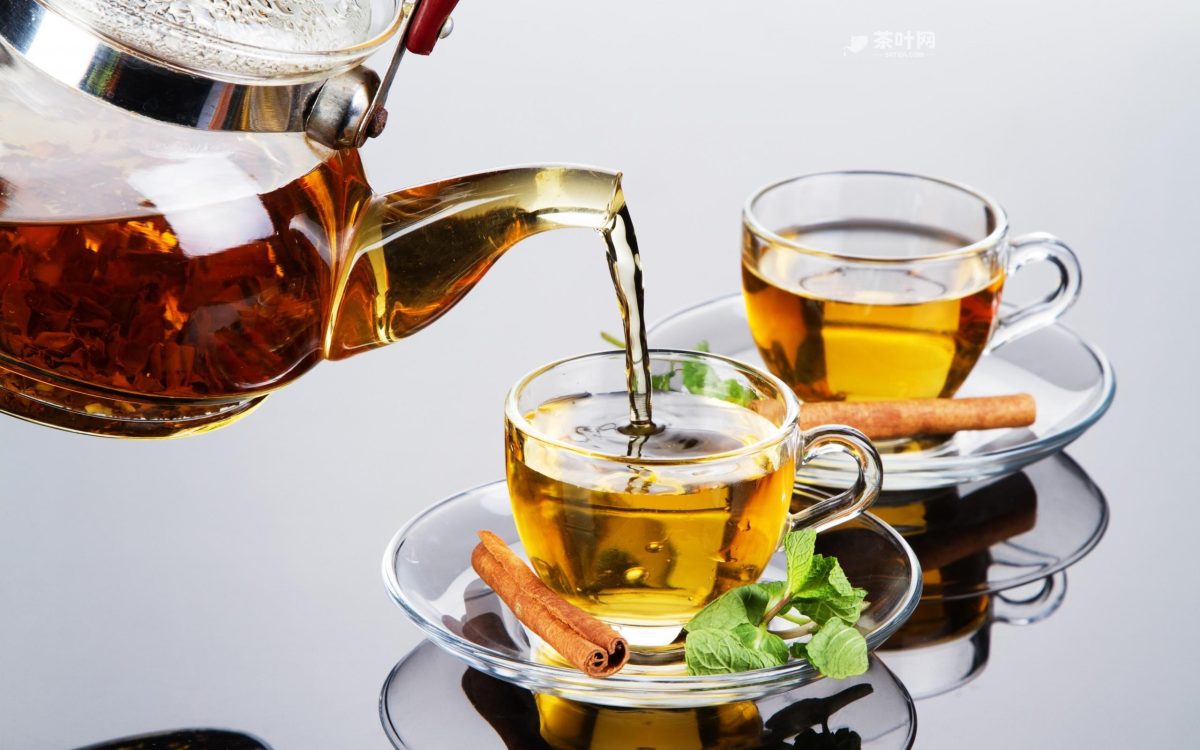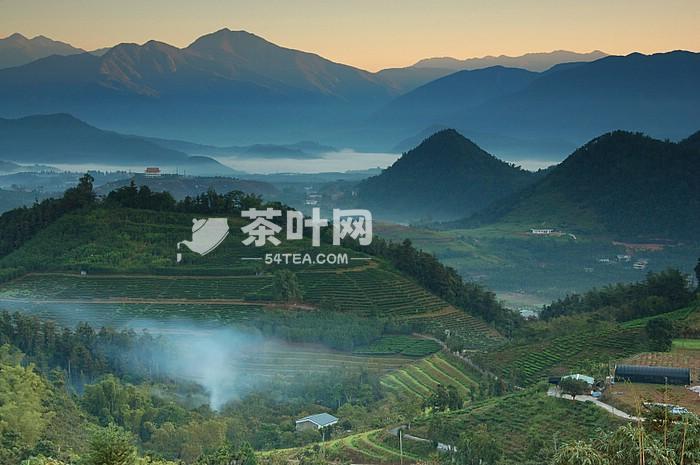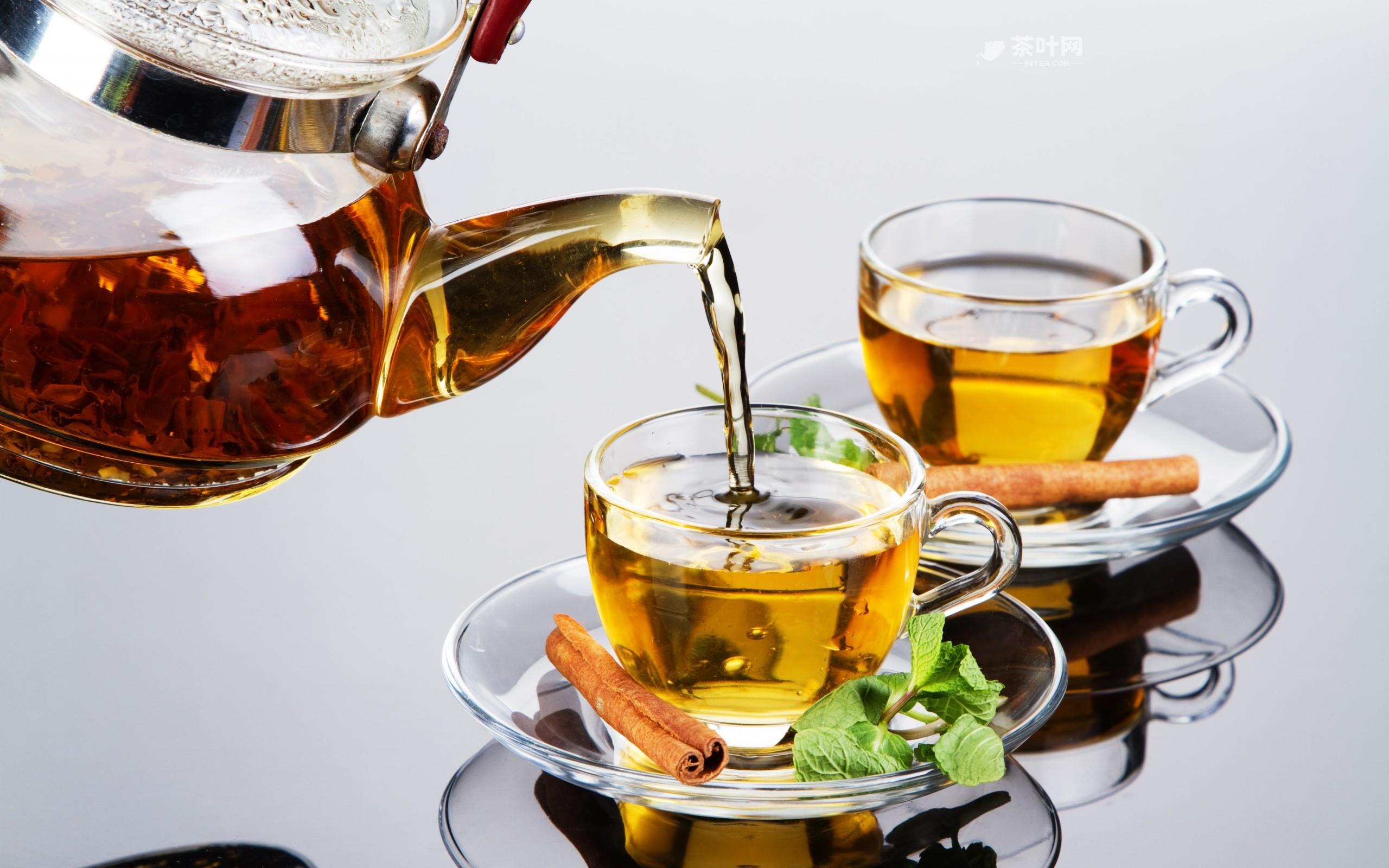 q6f tea.com
q6f tea.com
The four levels of tea culture
Physical culture
People engaged in tea production activities and the sum of the products, that is, the cultivation of tea, manufacturing, processing, preservation, chemical composition and efficacy of research …… and so on, but also includes tea, water, tea utensils and tables, chairs, tea rooms and other visible and tangible objects and buildings used when tasting tea. q6f tea network
Institutional culture q6f tea net
People engaged in the process of tea production and consumption of social behavior norms. Such as with the development of tea production, successive rulers continue to strengthen its management measures, called “tea policy”, including tribute, taxation, monopoly, domestic sales, foreign trade …… and so on. According to “Huayang Guozhi. Ba Zhi” records, as early as King Wu of Zhou, when he conquered the Zhou Dynasty, the Ba Shu region, “tea, honey, turtles …… are tribute.” To the Tang after the share of the tribute tea is getting bigger and bigger, a variety of names. From the first year of the Tang Dynasty Jianzhong (780 AD), the tax on tea: “tax the world tea, lacquer, bamboo, wood, ten take one.” (Old Tang Book? Food and Goods”) Daho nine years (835 AD) began to implement the questionable tea system, that is, the implementation of tea monopoly system (“Old Tang Book. Wenzong Benji”) Song Dynasty Cai Jing established the tea citation system, merchants pay taxes when they receive the citation, and then they can go to the designated place to get tea. From the Song Dynasty to the Qing Dynasty, in order to control the supply of tea to the Northwest ethnic minorities, set up the Tea and Horse Division, the implementation of the tea and horse trade, in order to achieve the purpose of the “Tea Border”. Tea trade in the Han Chinese region is also severely restricted, exploited in many ways.
Behavioral culture
People in the process of tea production and consumption of customary behavior patterns, through the tea ceremony, tea and tea ceremony and other forms of expression. Such as the Song Dynasty poet Du Lai “cold night guests tea as wine” of the famous lines, indicating that guests to tea is our traditional etiquette; thousands of miles to send tea to express the nostalgia of loved ones; folk old-time line recruitment to tea as a gift, known as the “tea ceremony”, send “tea ceremony “called” under the tea “, the ancient proverb said” a woman does not eat two tea “, that is, the female family by the” tea ceremony “will no longer accept the bride price of other families; there are also tea To honor the Buddha, tea rituals and so on. As for the tea drinking customs of various places and nationalities are even more colorful, tea drinking customs are even more colorful, and various tea drinking methods and tea art programs are also like a hundred flowers blossoming, beautiful. q6f tea net
Culture of mind
People in the application of tea in the process of nurturing the values, aesthetic interests, ways of thinking and other subjective factors. Such as people in the tea soup when the pursuit of aesthetic interest in the tea operation process in the pursuit of the mood and flavor, as well as the resulting rich associations; reflecting the tea production, tea area life, tea drinking interest in literature and art works; tea and life philosophy combined to philosophical heights, the formation of the so-called tea virtues, tea ceremony, and so on. This is the highest level of tea culture, but also the core part of tea culture. q6f tea net
Therefore, the broader tea culture should be composed of the above four levels. But the first level (physical culture) has long formed a complete, systematic science – tea science, referred to as tea science. The second level (institutional culture) belongs to the economic history of the discipline of research, and is also remarkable achievements, fruitful. Therefore, as an emerging discipline, tea culture should focus on the third and fourth levels, which are relatively weak in the past, that is, tea culture in the narrow sense. q6f tea net
So it seems that we have to study the narrow sense of tea culture is usually called “spiritual civilization” category, but it is not completely separate from the “material civilization” of culture, but combined together. Whether it is the tea ceremony or tea art, tea ceremony or tea customs, are reflected in the process of tea application, leaving, there is no tea culture. q6f tea net
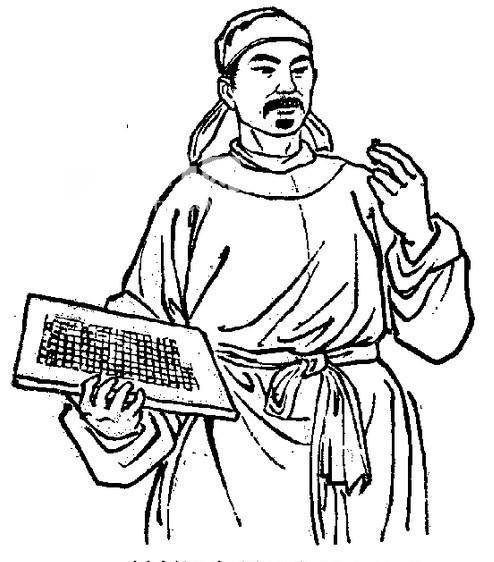 2x0Tea.com
2x0Tea.com
